Bolivia has 22 national parks. These protected areas showcase the country’s diverse landscapes, from the high Andes to the lowland Amazon rainforest, and are vital for conserving Bolivia’s rich biodiversity and cultural heritage.
About Bolivia National Parks
Bolivia is home to a rich array of national parks that showcase the country’s extraordinary ecological diversity, ranging from the high-altitude Andes to the lush Amazon Basin. Bolivia has 12 national parks, each preserving unique landscapes and species. These protected areas are crucial for conserving Bolivia’s natural heritage, providing habitats for rare wildlife, and offering opportunities for sustainable tourism. Among these parks, several stand out for their ecological, cultural, and recreational importance.
Madidi National Park is one of Bolivia’s most famous and biologically diverse national parks. Located in the Amazon Basin, it spans nearly 19,000 square kilometers and is considered one of the most biodiverse areas on the planet. The park supports a staggering variety of ecosystems, from lowland rainforests to cloud forests and Andean grasslands. Madidi is a haven for wildlife, including jaguars, giant otters, spectacled bears, and over 1,000 bird species. Its incredible biodiversity has made it a global hotspot for researchers and eco-tourists, who can experience its pristine wilderness through guided tours and river expeditions.
Sajama National Park, in Bolivia’s western Andes, is another iconic destination. Dominated by the towering Sajama volcano, the park features high-altitude grasslands, hot springs, and unique wildlife adapted to the harsh environment, such as vicuñas, Andean condors, and flamingos. Sajama also holds cultural significance, with ancient rock art and colonial-era churches adding a human dimension to its stark landscapes. The park’s trails attract hikers seeking breathtaking views and close encounters with Bolivia’s unique Andean ecosystem.
In the eastern lowlands, Noel Kempff Mercado National Park stands as a UNESCO World Heritage Site and a testament to Bolivia’s commitment to conservation. Covering over 15,000 square kilometers, this park includes savannas, tropical forests, and majestic waterfalls, such as the Arcoiris Falls. It supports a variety of species, including pumas, tapirs, giant armadillos, and harpy eagles. Noel Kempff is noted for its untouched wilderness and scientific significance, having inspired part of the theory of continental drift.
Amboró National Park, located at the meeting point of the Andes and the Amazon, boasts striking ecological diversity. Its steep mountains, cloud forests, and tropical jungles support an incredible range of species, including spectacled bears, howler monkeys, and more than 800 bird species. The park’s accessibility from Santa Cruz makes it a popular destination for birdwatching and nature treks.
Torotoro National Park, in central Bolivia, is a geological wonderland known for its dramatic canyons, limestone caves, and ancient dinosaur footprints. Visitors can explore caves like Umajalanta, hike to the Vergel waterfall, and marvel at the prehistoric fossils embedded in the park’s rocks.
Bolivia’s national parks face challenges such as illegal deforestation, mining, and limited funding for conservation efforts. However, the country has made strides in promoting ecotourism and involving Indigenous communities in park management, ensuring that these natural treasures are protected for future generations.
Bolivia National Parks

Aguaragüe National Park
Explore Now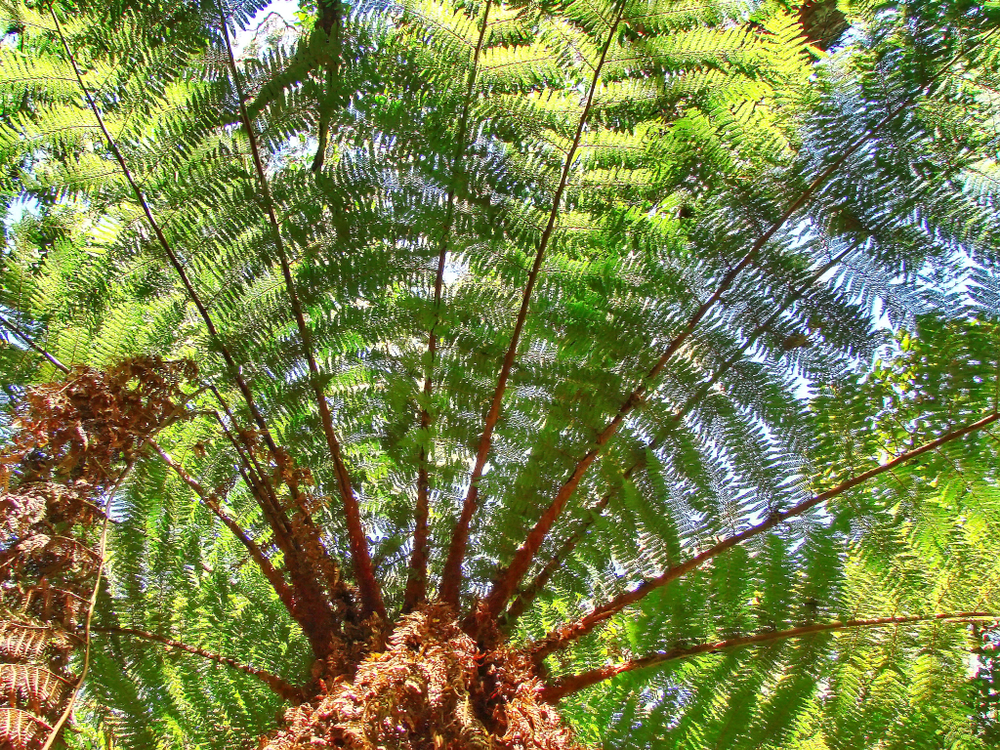
Amboro National Park
Explore Now
Carrasco National Park
Explore Now
Cotapata National Park
Explore Now
Iñao National Park
Explore Now
Isiboro Sécure National Park
Explore Now
Kaa-Iya del Gran Chaco National Park
Explore Now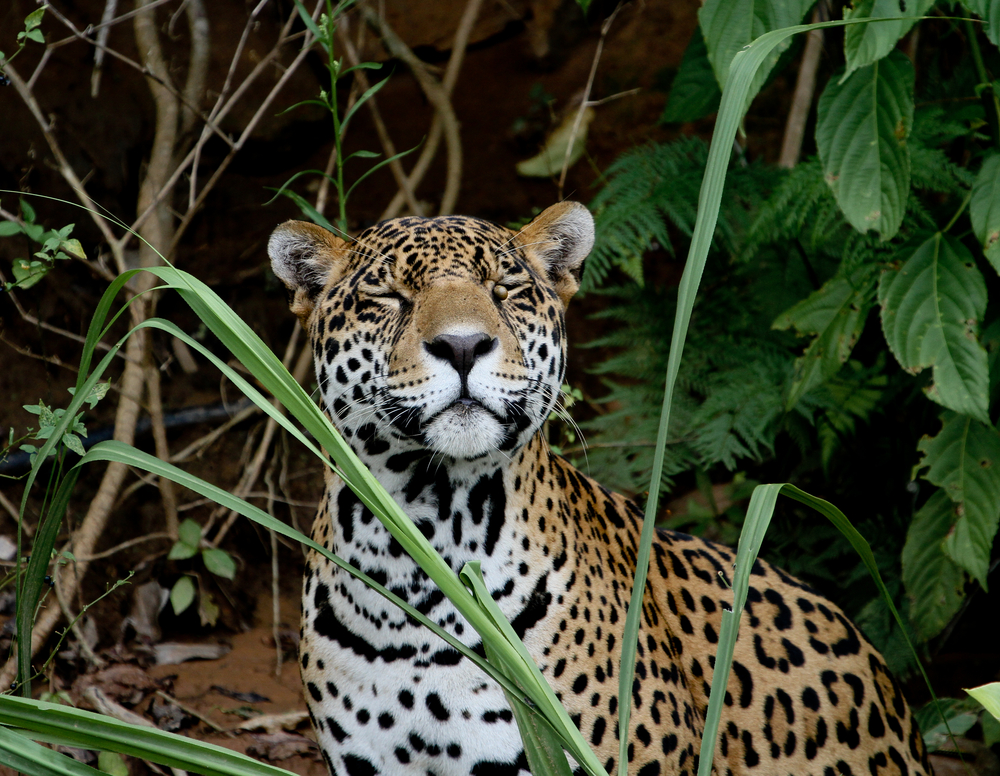
Madidi National Park
Explore Now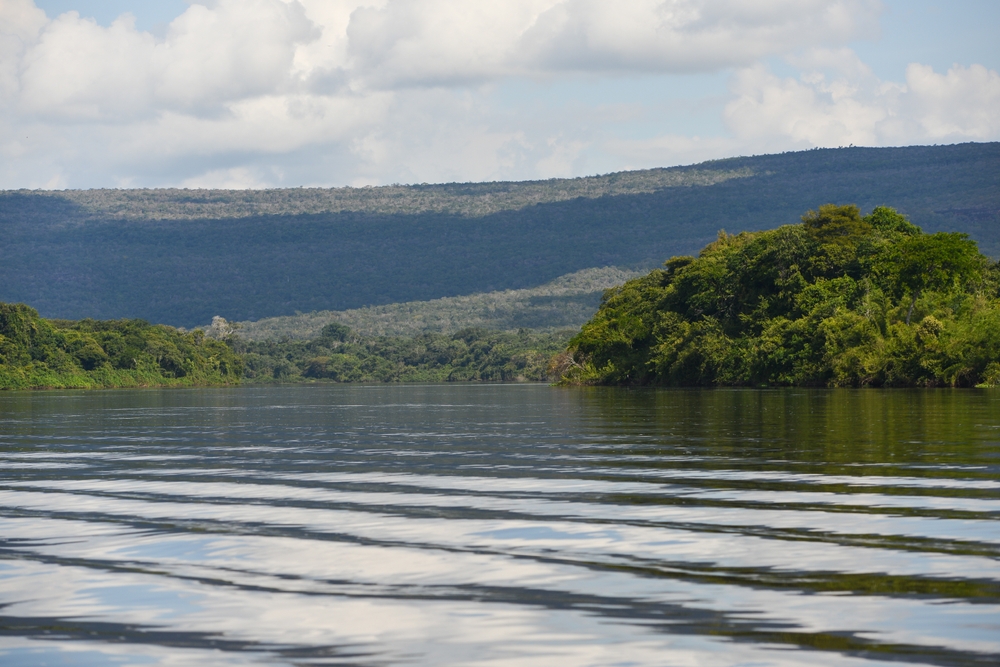
Noel Kempff Mercado National Park
Explore Now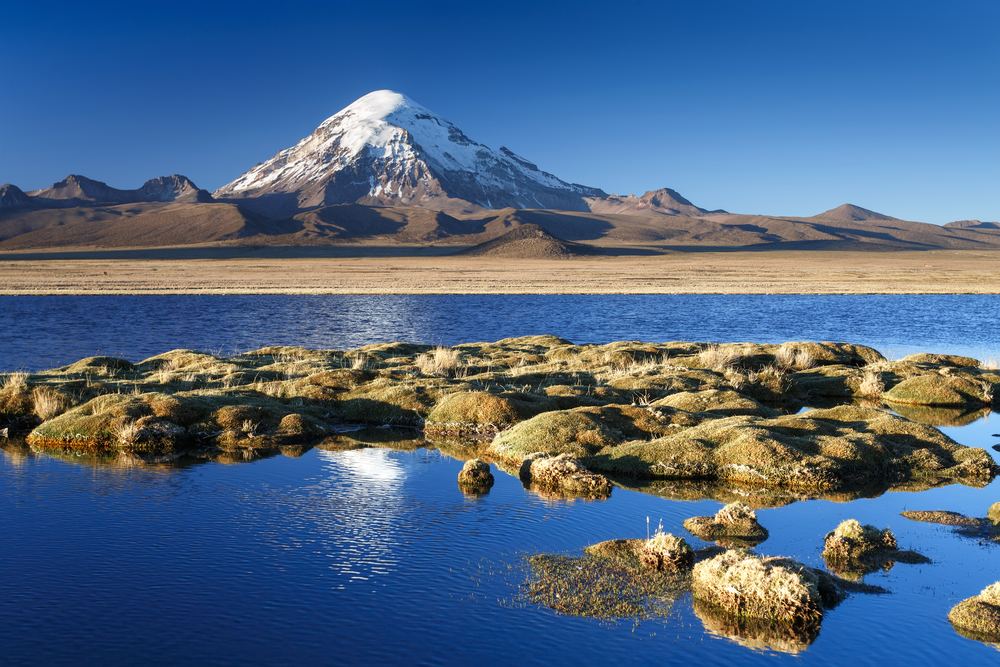
Sajama National Park
Explore Now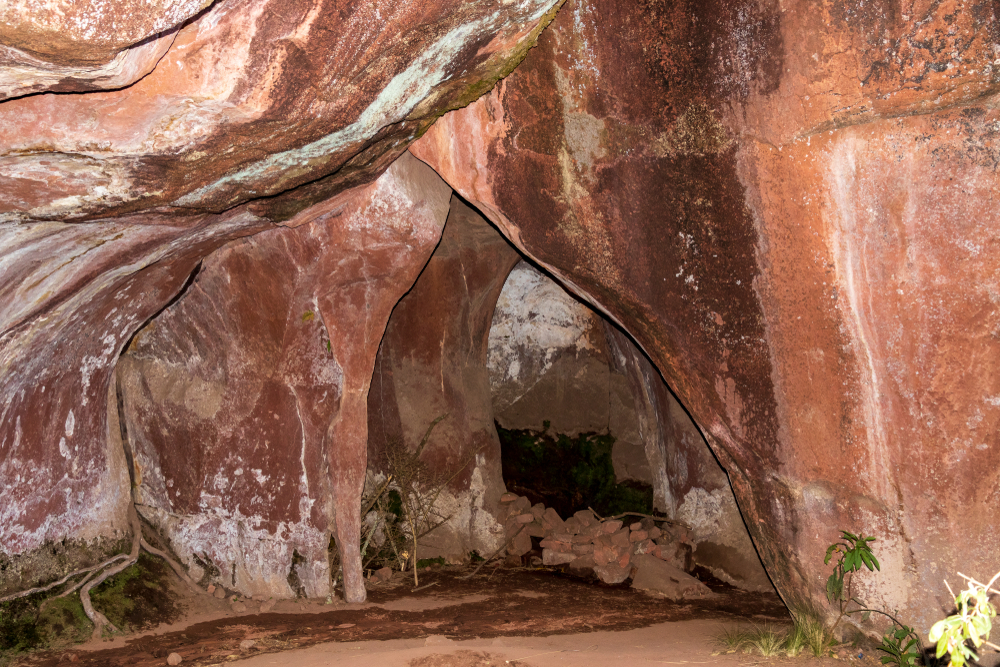
Torotoro National Park
Explore Now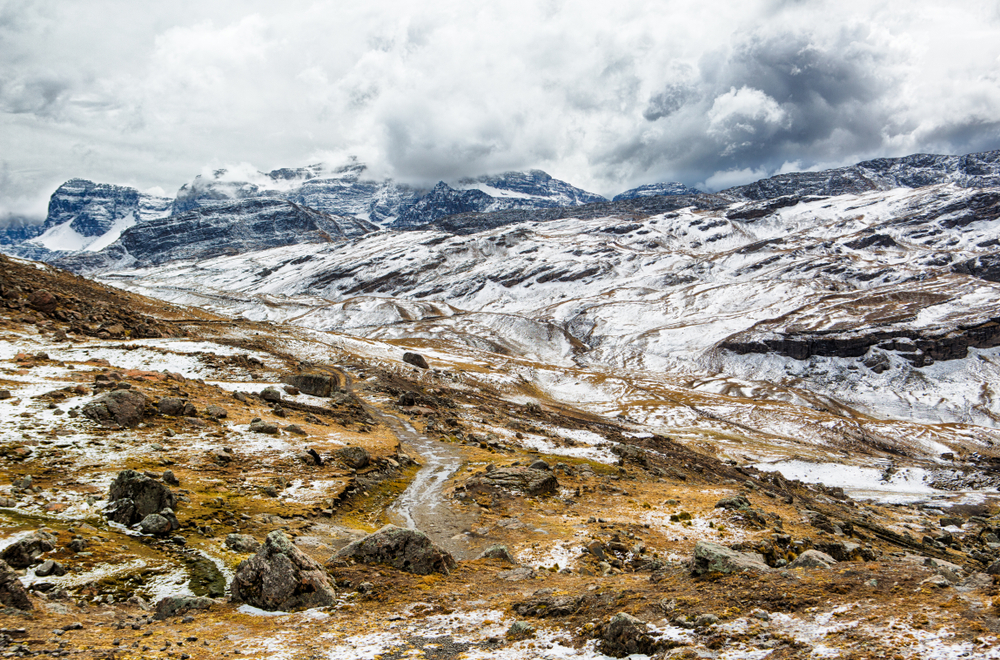
Tunari National Park
Explore NowFAQ’s
1. How many national parks are there in Bolivia?
2. What is the largest national park in Bolivia?
The largest national park in Bolivia is Madidi National Park (Parque Nacional Madidi). Located in the northern part of the country, in the departments of La Paz and Beni, Madidi National Park covers an area of approximately 18,958 square kilometers (about 7,321 square miles).
Established in 1995, Madidi National Park is part of the Amazon rainforest and is known for its exceptional biodiversity and pristine wilderness. The park encompasses a wide range of ecosystems, including lowland tropical rainforest, cloud forest, and Andean foothills, as well as rivers, lakes, and wetlands. It is home to thousands of plant and animal species, including jaguars, giant otters, macaws, and monkeys.
Madidi National Park is recognized for its ecological importance and serves as a crucial sanctuary for wildlife and indigenous communities. It offers visitors opportunities for ecotourism, wildlife observation, and cultural experiences, making it one of the most popular destinations for nature enthusiasts in Bolivia.
3. What is the smallest national park in Bolivia?
The smallest national park in Bolivia is the Isiboro Sécure National Park and Indigenous Territory (Parque Nacional y Territorio Indígena Isiboro Sécure), often abbreviated as TIPNIS. Located in the departments of Beni and Cochabamba in the central part of Bolivia, Isiboro Sécure National Park and Indigenous Territory covers an area of approximately 1,895 square kilometers (about 731 square miles).
Established in 1965, Isiboro Sécure National Park and Indigenous Territory is a protected area that is jointly managed by the Bolivian government and indigenous communities. It encompasses a variety of ecosystems, including tropical rainforest, rivers, and grasslands, and is home to diverse wildlife, including jaguars, tapirs, and numerous bird species.
Despite its relatively small size compared to other national parks in Bolivia, Isiboro Sécure National Park and Indigenous Territory is of great cultural and ecological significance, serving as a vital habitat for wildlife and preserving the traditional way of life of indigenous peoples in the region.
4. What was the first national park in Bolivia?
The first national park in Bolivia is Amboró National Park (Parque Nacional Amboró). Established in 1973, Amboró National Park is located in the departments of Santa Cruz, Cochabamba, and Beni in the eastern part of Bolivia. It covers an area of approximately 4,425 square kilometers (about 1,709 square miles).
Amboró National Park is known for its diverse ecosystems, including cloud forests, Yungas forests, and montane forests, as well as rivers, waterfalls, and deep canyons. The park is home to a rich variety of plant and animal species, including rare and endangered species such as the spectacled bear, jaguar, and Andean condor.
As the first national park established in Bolivia, Amboró National Park holds significant ecological and conservation value. It provides important habitat for wildlife, protects vital watersheds, and offers opportunities for scientific research, ecotourism, and outdoor recreation.
5. What is the most popular national park in Bolivia?
The most popular national park in Bolivia is Madidi National Park, located in the upper Amazon River basin in the northwest of the country.
Spanning over 7,320 square miles (18,958 square kilometers), it is known for its incredible biodiversity, which includes over 11% of the world’s bird species, jaguars, pumas, and spectacled bears.
Madidi is celebrated for its diverse ecosystems, ranging from the Andean mountains to the Amazon rainforest, and it attracts ecotourists interested in experiencing some of the world’s most untouched wilderness.
6. What percentage of Bolivia’s land area is protected through official National Parks?
Approximately 17% of Bolivia’s land area is protected through official national parks and protected areas, covering around 66,870 square miles (173,173 square kilometers). Bolivia’s network of national parks helps preserve critical habitats in the Andes, Amazon, and Chaco regions.
7. What other protected areas are there in Bolivia?
In addition to national parks, Bolivia has various biosphere reserves, wildlife refuges, and nature reserves.
Some notable areas include the Eduardo Avaroa Andean Fauna National Reserve, which protects the high-altitude deserts and salt flats, home to flamingos and unique flora.
The Noel Kempff Mercado National Park is a UNESCO World Heritage site and a key conservation area with diverse ecosystems that span tropical rainforests and savannas.
8. What nature attractions does Bolivia have apart from National Parks?
Bolivia is famous for its spectacular nature attractions beyond its national parks. The Salar de Uyuni, the world’s largest salt flat, is a breathtaking and unique landscape that attracts visitors year-round.
The Lake Titicaca region, shared with Peru, offers stunning scenery and is home to the indigenous Uros people. The Yungas Road, often called the “Death Road,” is a famous cycling route that cuts through cloud forests and steep mountain cliffs.
9. What species are endemic and unique to Bolivia alone?
Bolivia has several species that are unique to the country. The Bolivian titi monkey is an endangered primate species found in the forested regions of the country.
The Cochabamba mountain finch is another bird species endemic to Bolivia, found in high-altitude areas of the Andes.
Additionally, the Madidi poison frog, a species discovered in Madidi National Park, is native to Bolivia’s Amazon rainforest.
10. What is Bolivia’s main international airport?What is Bolivia’s main international airport?
Bolivia’s main international gateway is Viru Viru International Airport (VVI), located in Santa Cruz de la Sierra. It is the busiest airport in Bolivia, handling most international flights.
Other significant airports include El Alto International Airport (LPB) in La Paz and Jorge Wilstermann International Airport (CBB) in Cochabamba.
11. What international airline companies fly into Bolivia?
Several international airline companies serve Bolivia, including:
- Aerolineas Argentinas
- American Airlines
- Avianca
- Boliviana de Aviación
- Copa Airlines
- GOL Linhas Aéreas
- LATAM Airlines
- Lufthansa
- Sky Airline
12. Who manages the national parks of Bolivia?
Bolivia’s national parks are managed by Servicio Nacional de Áreas Protegidas (SERNAP), which oversees the protection, conservation, and sustainable use of Bolivia’s protected areas. SERNAP works closely with local communities and conservation organizations. More information can be found on their official website: http://www.sernap.gob.bo.









































































